
There is a misconception I see sometimes that the better a song is, the more difficult it is to play. After all, anybody can write a simple song, but it takes someone with real talent to write something complicated. It takes real talent to play an intricate solo. It takes real talent to write a song with lots of different chords and multiple time changes.
However, there are numerous examples across the world of recorded music that disprove that theory. Bands like The Ramones or The Jesus and Mary Chain.
Add to that list Kowloon Walled City, a Oakland CA outfit that creates huge monoliths of sludge metal without much complication. While other bands might be tempted to speed these songs up or fill them with gratuitous guitar solos.
Kowloon Walled City resists these urges, trusting the strength of the crawling riffs and passionate songwriting to make Grievances a chilling statement—and rightly so.
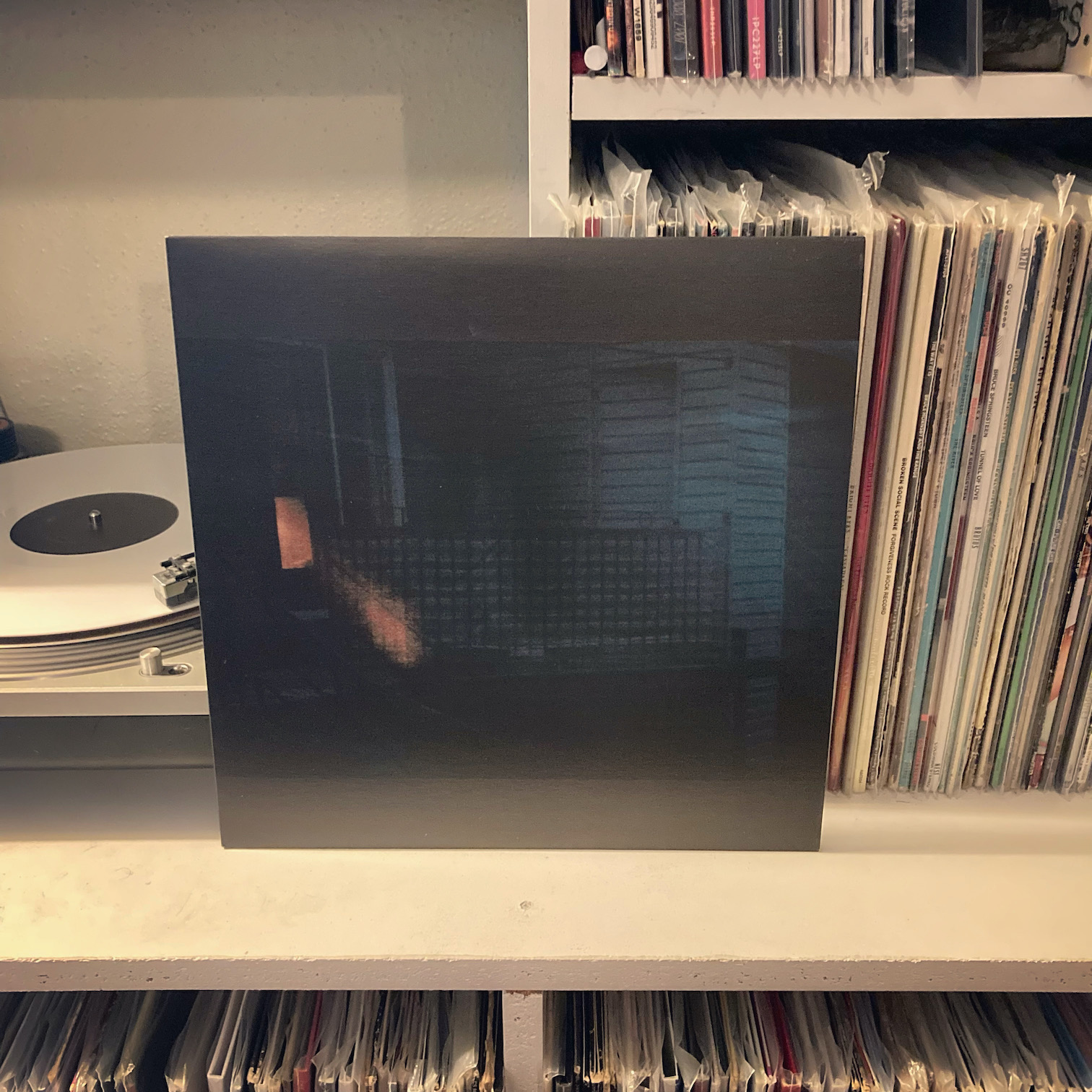
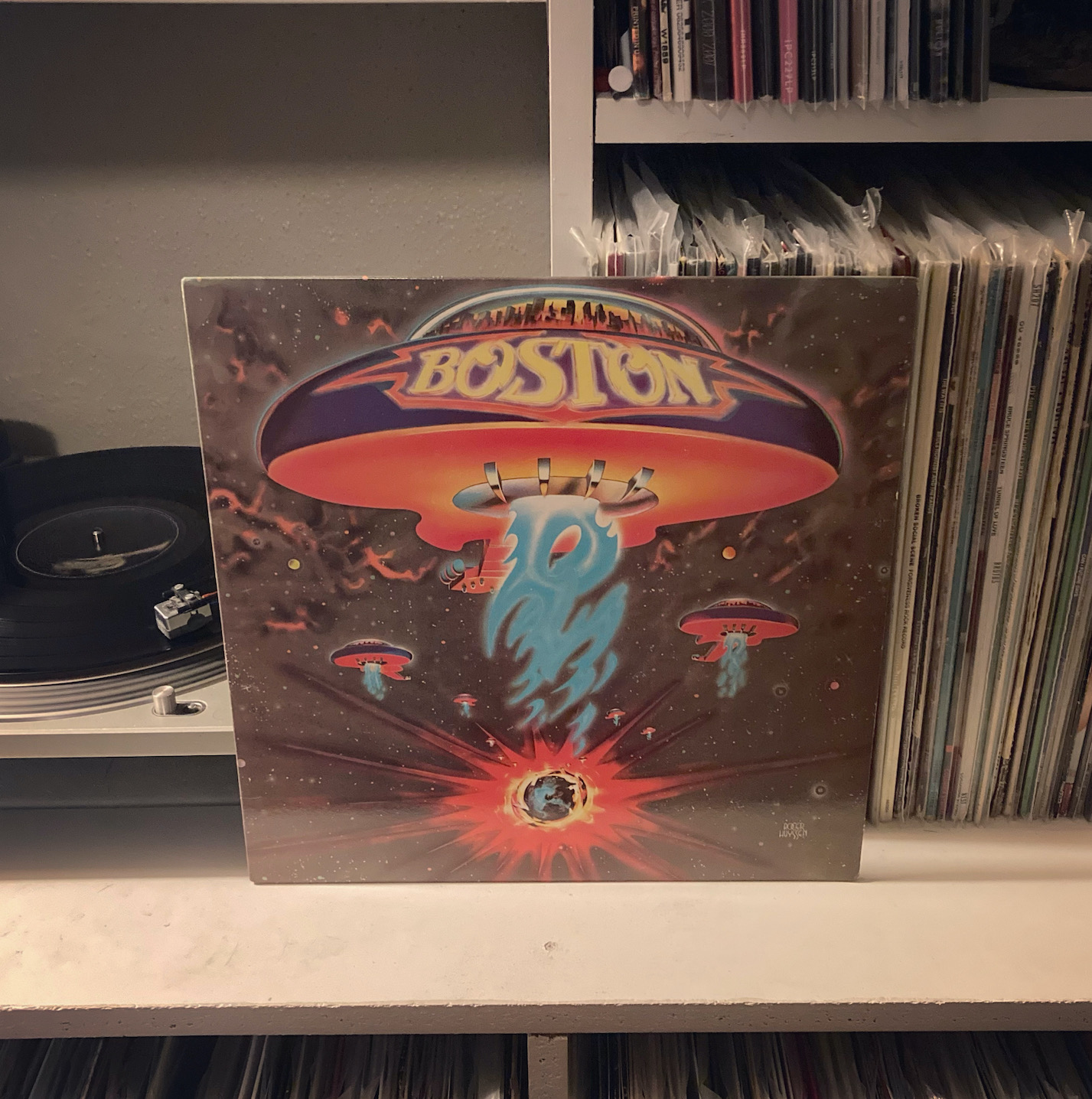
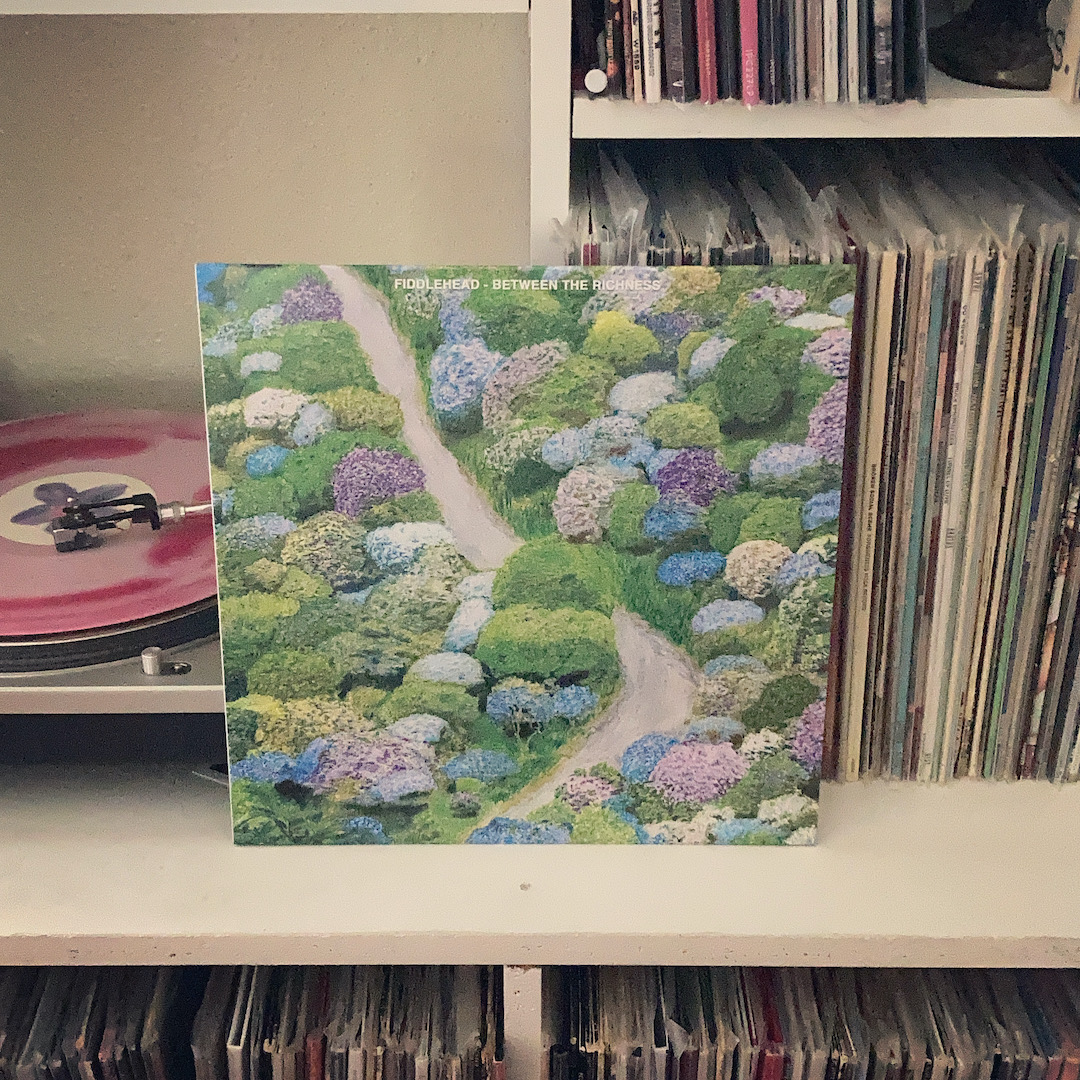 In 2018, members of hardcore legends Have Heart and post-hardcore heroes Basement released
In 2018, members of hardcore legends Have Heart and post-hardcore heroes Basement released 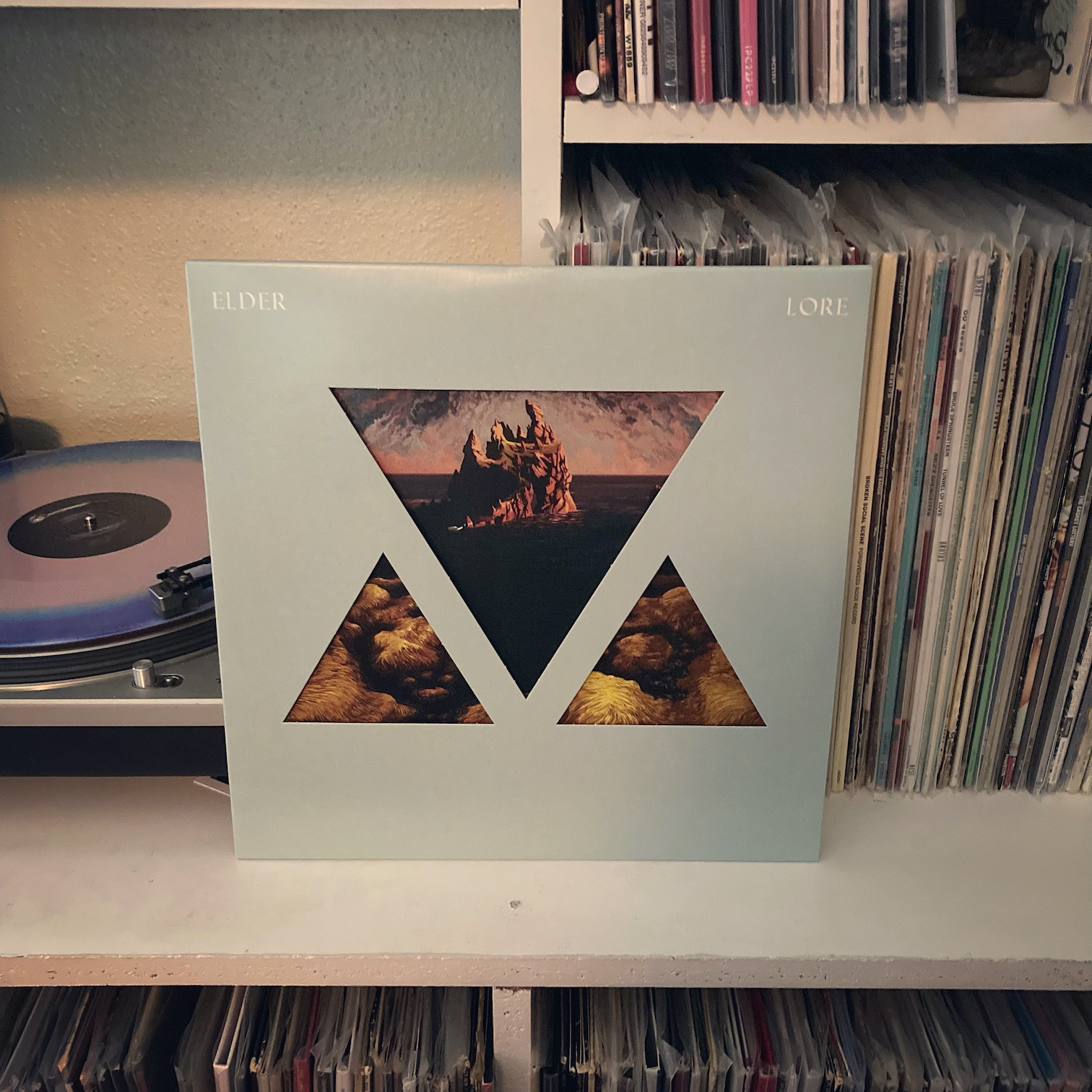 I’ve been a huge fan of Massachusetts psych-metal outfit Elder from the moment I heard the opening chords of 2017’s
I’ve been a huge fan of Massachusetts psych-metal outfit Elder from the moment I heard the opening chords of 2017’s 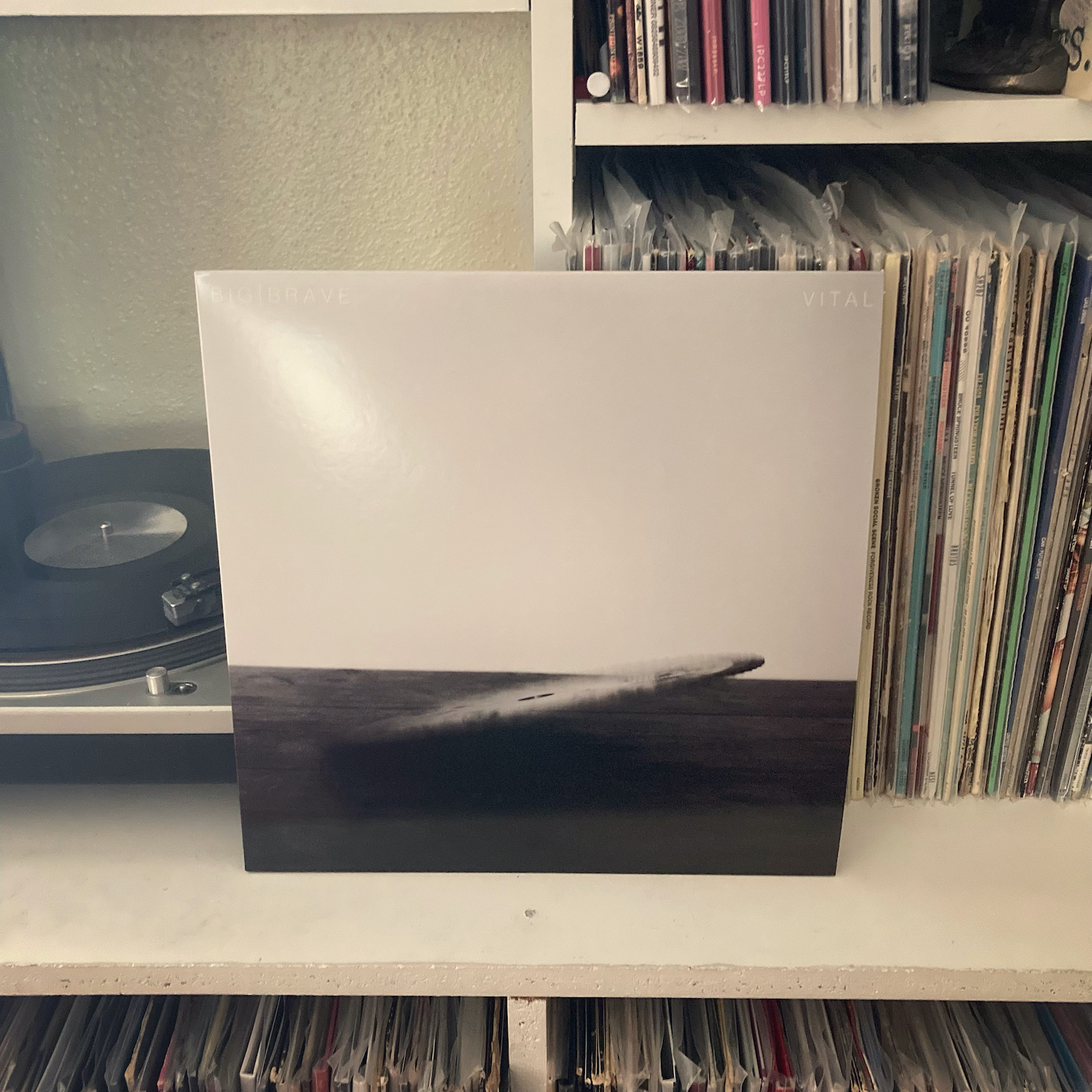
 The art world is filled with archetypes. Take for example how every precocious pop starlet from Britney to Lady Gaga to Ariana Grande has garnered comparisons to Madonna.
The art world is filled with archetypes. Take for example how every precocious pop starlet from Britney to Lady Gaga to Ariana Grande has garnered comparisons to Madonna.

